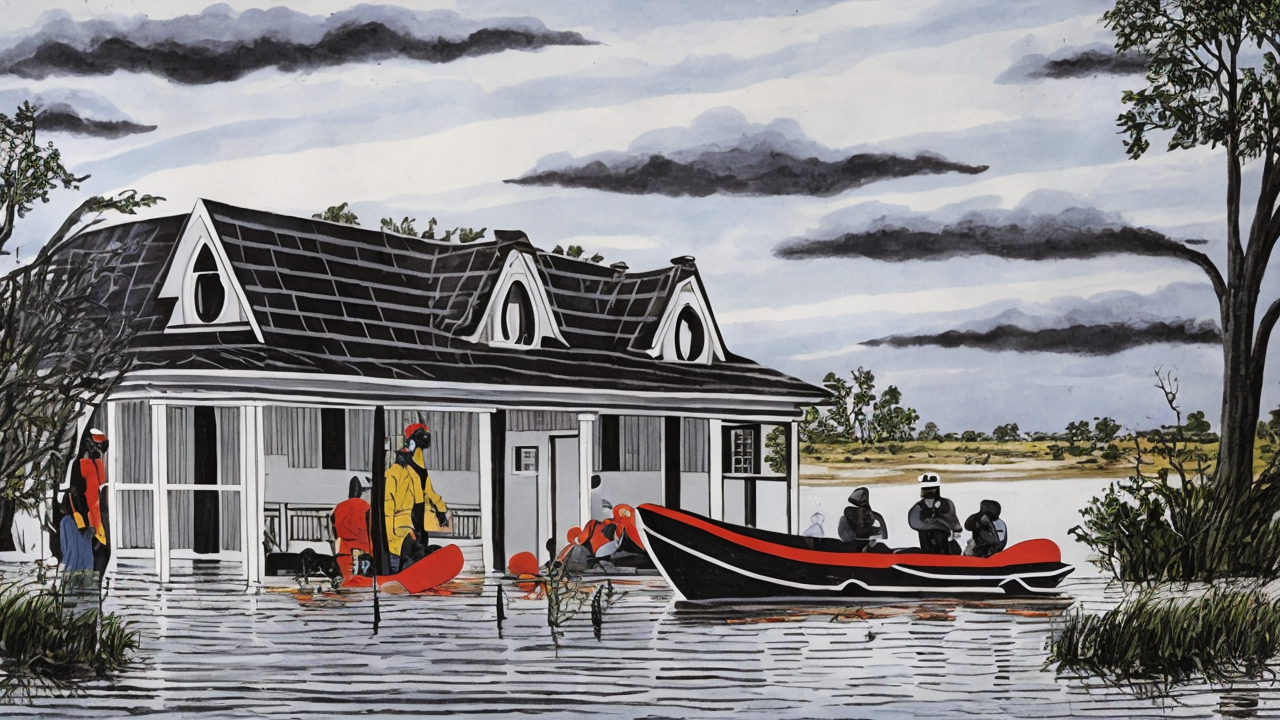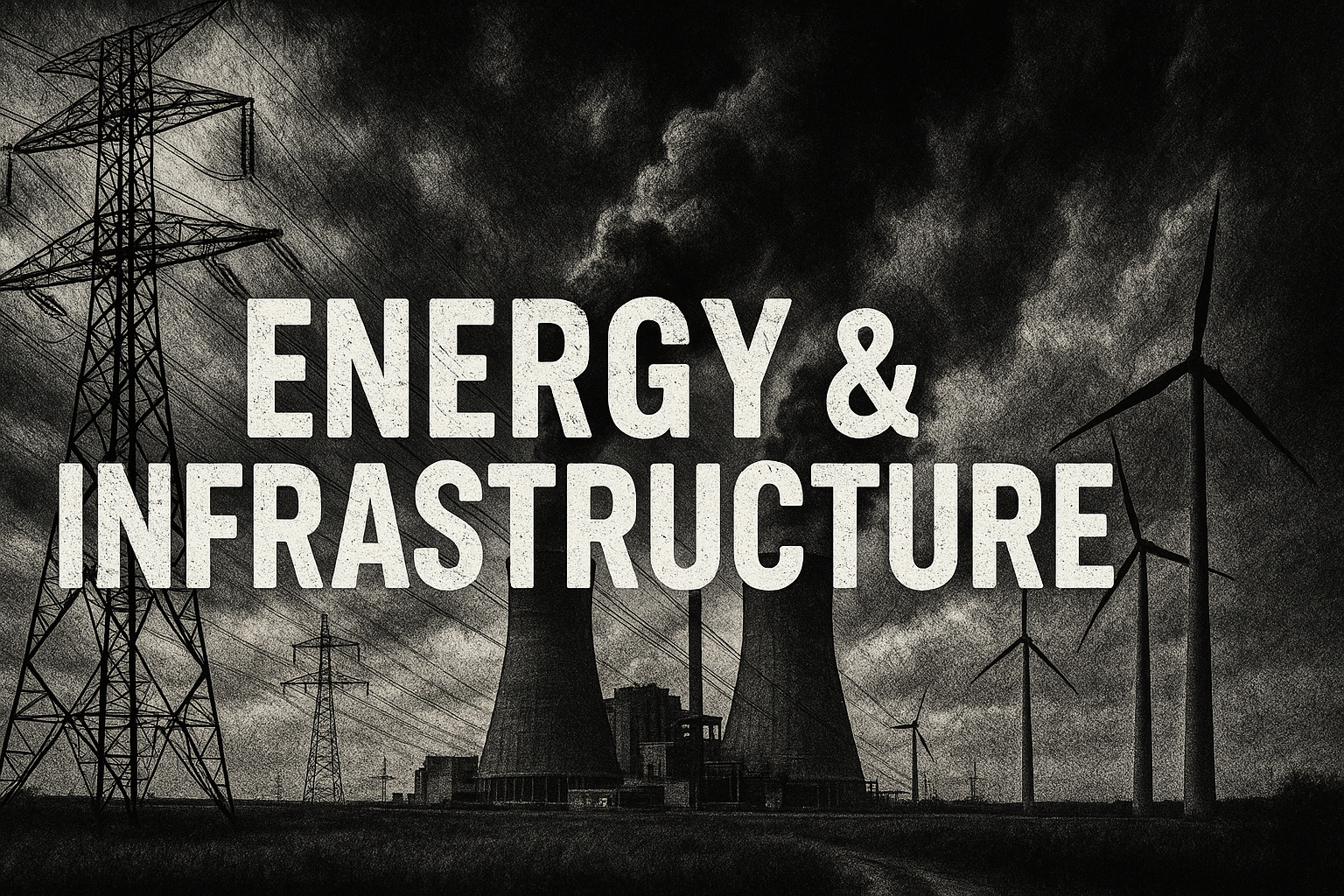Catastrophic Floods Highlight Failures in Warning Systems and Communication

Flash floods in central Texas left over 80 people dead and dozens missing, raising critical questions about disaster preparedness and communication. The National Weather Service issued timely warnings, but many in the affected communities did not receive or act on the alerts in time. Local authorities struggled to interpret and disseminate the warnings effectively, and some areas lacked basic warning infrastructure, such as outdoor sirens.
Meteorologists acknowledge that extreme weather events, including record-breaking rainfall, are becoming more frequent due to climate change. However, the tragedy underscores the need for better coordination between weather agencies, local governments, and the public. Vacancies in key roles at the National Weather Service offices in Texas and funding cuts under the Trump administration have further complicated efforts to improve disaster response.
The floods also exposed gaps in emergency protocols, particularly at Camp Mystic, where at least 11 people remain missing. The camp’s restrictions on electronic devices likely hindered access to critical alerts. As recovery continues, experts emphasize the importance of investing in warning systems, improving communication networks, and addressing staffing shortages to prevent similar disasters in the future.
Published: 7/7/2025
















